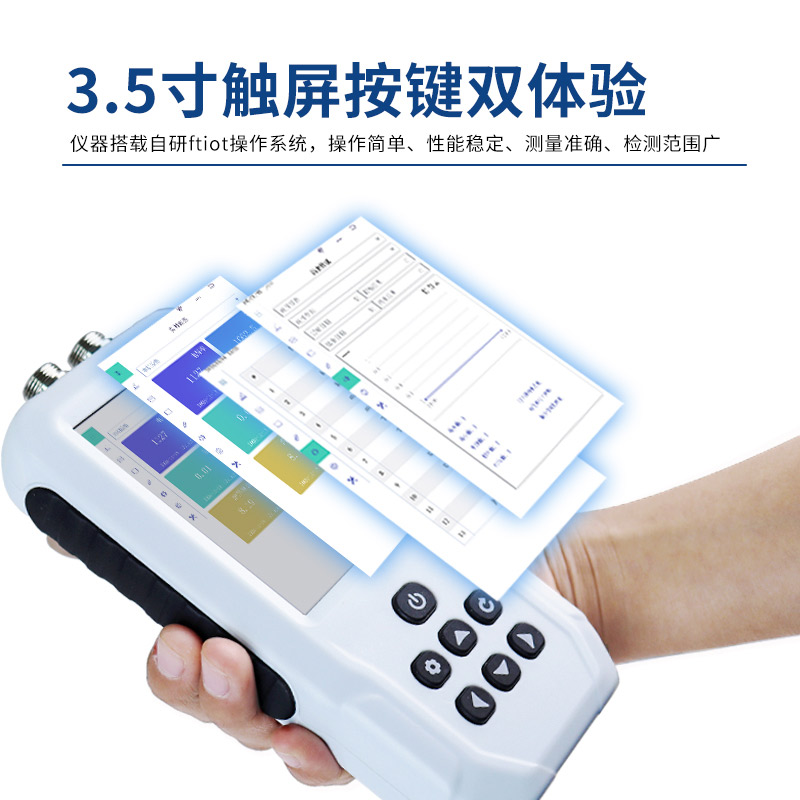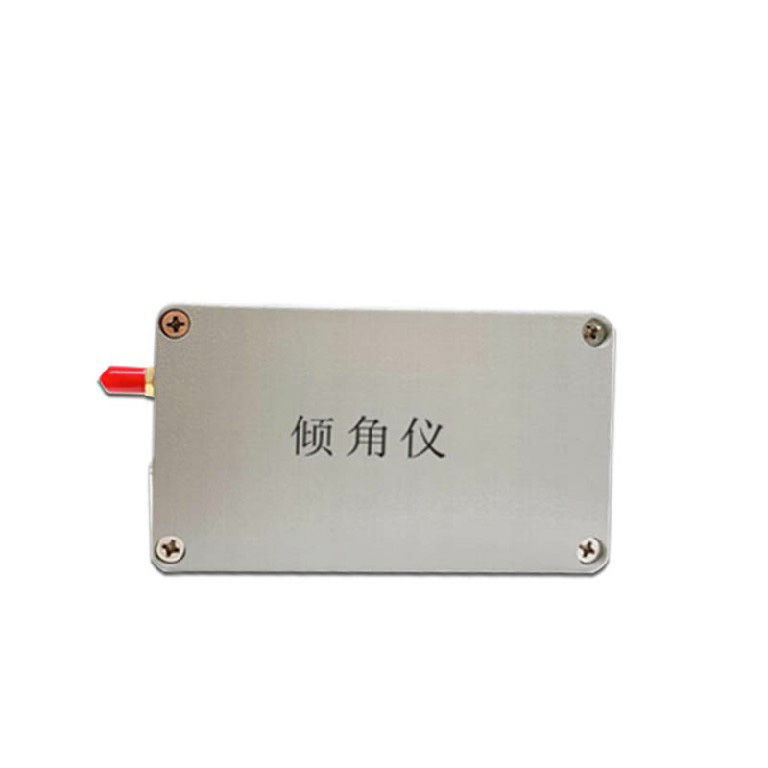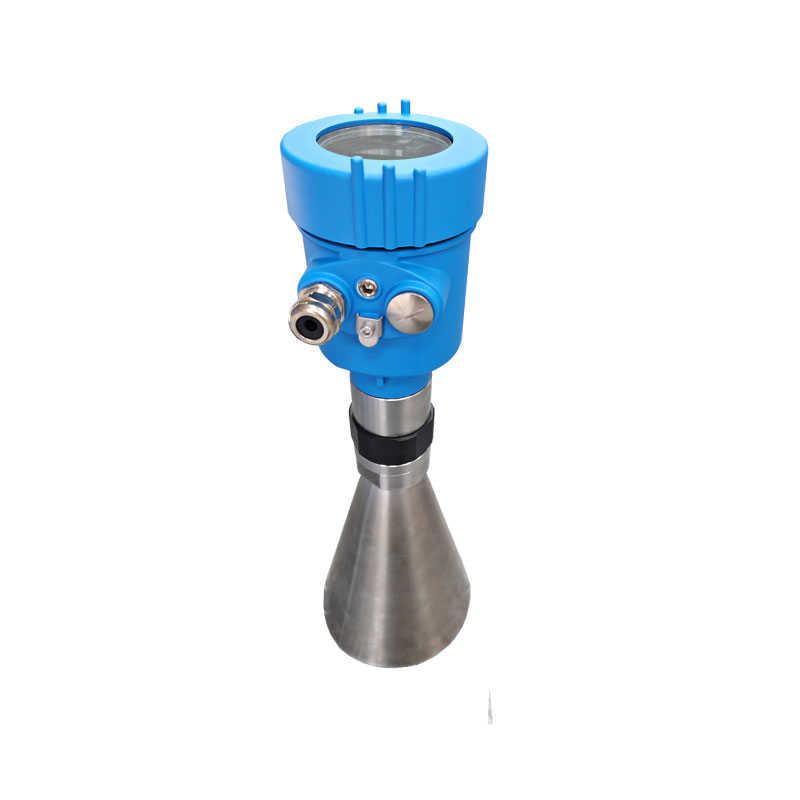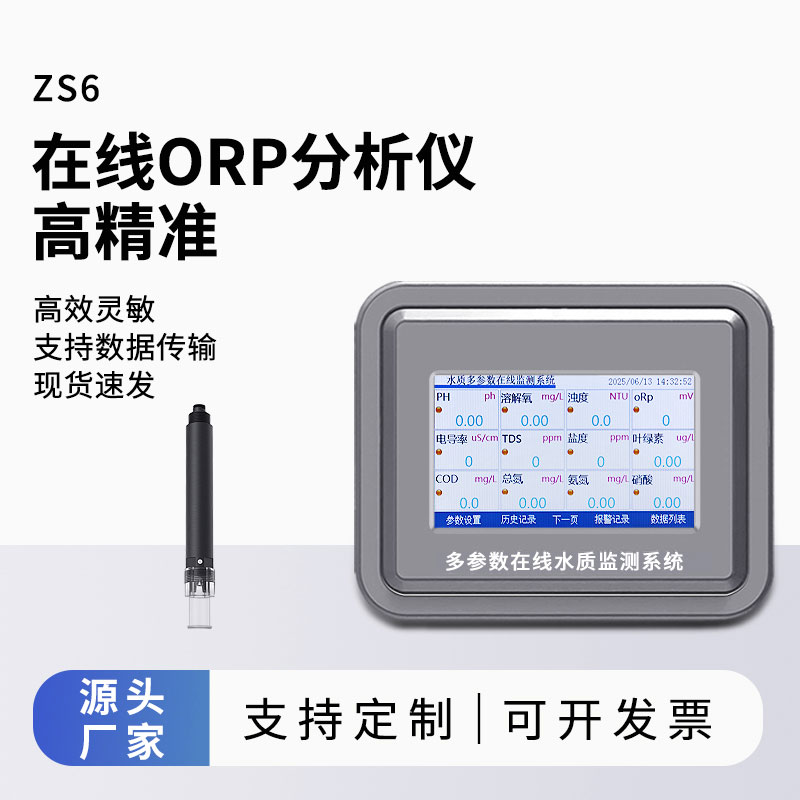In the fields of agricultural production and soil research, having an accurate understanding of soil conditions is of great importance. The Soil moisture temperature salinity PH tester, as a handheld soil detector, can simultaneously measure five key parameters including soil temperature and humidity, pH value, salt content, and electrical conductivity, providing powerful support for our in-depth understanding of the soil.
Soil Temperature and Humidity
Soil temperature directly affects the germination of seeds, the growth of roots, and the activities of microorganisms in the soil. Different crops have specific requirements for soil temperature at different growth stages. For example, wheat seeds germinate relatively quickly and have a high germination rate when the soil temperature is between 15 and 20 degrees Celsius. Soil humidity, on the other hand, is crucial for the water supply of crops. An appropriate humidity level can ensure that crop roots can absorb water and nutrients smoothly. If the humidity is too high, it may lead to a lack of oxygen in the roots and the breeding of diseases. If the humidity is too low, the growth of crops will be hindered due to water shortage.
pH Value
The soil pH value reflects the acidity and alkalinity of the soil. Most crops are suitable for growing in a neutral to slightly acidic soil environment, with a pH value generally between 6.5 and 7.5. When the soil is too acidic or too alkaline, it will affect the effectiveness of nutrients in the soil. For instance, in acidic soil, the solubility of elements such as iron and aluminum increases, which may be toxic to crops. In alkaline soil, elements such as phosphorus, iron, and zinc are likely to form insoluble compounds, making it difficult for crops to absorb them.
Salt Content
Excessively high salt content in the soil will have many adverse effects on crop growth. Soil with high salt content can cause physiological drought in crops because the salts impede the absorption of water by crop roots. At the same time, salts may also affect the absorption and metabolism of nutrients by crops, resulting in poor growth and reduced yields. Generally speaking, the salt content of soil suitable for crop growth should be controlled within a certain range.
Electrical Conductivity
Soil electrical conductivity is closely related to the salt content, water content, and organic matter content in the soil. It can comprehensively reflect the fertility level and physical and chemical properties of the soil. If the electrical conductivity is too high, it may mean that the soil salt content is too high or there is too much water. If the electrical conductivity is too low, it may indicate insufficient soil fertility or excessive dryness. By monitoring the soil electrical conductivity, we can have a more comprehensive understanding of the soil conditions.
A Handheld Device Integrating Five Parameters
The Soil moisture temperature salinity PH tester integrates the measurement functions of the above five key parameters into a handheld device, which greatly improves the convenience and efficiency of measurement. This handheld device is compact and easy to carry, allowing workers to conduct measurements anytime and anywhere in the fields.
It adopts external sensor technology, which can quickly and accurately obtain data of various parameters. For example, when measuring soil temperature and humidity, by inserting a high-precision temperature and humidity sensor into the main unit, it can quickly obtain the changes in soil temperature and humidity and transmit the data to the device's display screen in real time. For the measurement of pH value, salt content, and electrical conductivity, professional sensors are also used.
The device has a simple design. Users only need to insert the probe into the soil and press the measurement button to obtain accurate values of the five parameters in a short time. The device has a data storage function, which can store the data of multiple measurements, making it convenient for subsequent analysis and comparison. It also supports wireless data transmission and can be connected to devices such as computers or mobile phones, facilitating further processing and sharing of the data.

This paper addresses:https://fengtusz.com/industry/711.html









